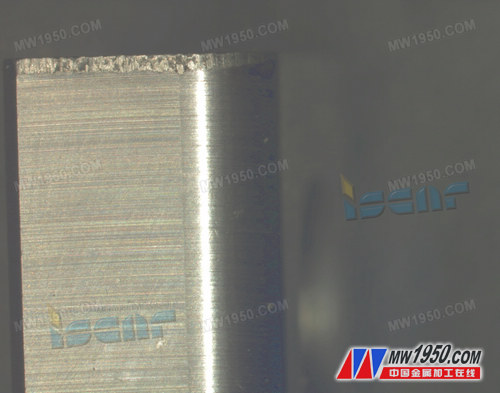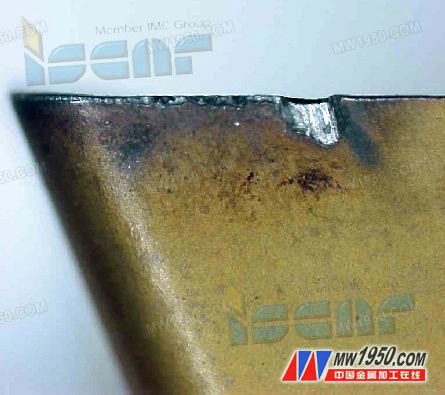Treatment of rice seedling disease with prochloraz to prevent drug resistance
Analyze tool wear and tool life -
Coating technology effectively improves blade cutting area performance
The power consumption generated during metal cutting is manifested in the form of cutting heat and friction. These factors put the tool under harsh machining conditions with high surface loads and high cutting temperatures. The high temperature is generated because the chips slide at high speed along the rake face of the tool, causing high pressure and strong friction on the cutting edge.
During the machining process, the tool encounters hard spots in the microstructure of the part, or interrupted cutting, which can cause the cutting force to fluctuate. Therefore, the cutting blade has the requirements of high temperature resistance, high toughness, high wear resistance, high hardness and the like.
In the past half century, a lot of research work has been carried out in order to continuously improve the performance of cutting tools.
A key factor affecting the wear rate of almost all tool materials is the cutting temperature achieved during processing. Unfortunately, it is difficult to define the relevant parameter values ​​for calculating the cutting temperature, but the experimental determination can provide a basis for the empirical formula.
It is generally assumed that all energy generated during the cutting process is converted to cutting heat, and 80% of the cutting heat is carried away by the chips (this value varies with some factors, and the cutting speed is the main influencing factor). This allows about 20% of the heat to enter the tool. Even cutting low carbon steel, the tool temperature can exceed 550 ° C, and this temperature is the highest temperature that high speed steel (HSS) can withstand the hardness. When cutting hardened steel with a cubic boron nitride (CBN) tool, the tool and chip temperatures can exceed 1000 °C.
Tool wear and tool life relationship
Tool wear patterns can be divided into the following categories:
· flank wear

· Groove wear

Diamond Wire For Magnetic Material Cutting
When the electroplated Diamond Wire is cut, the workpiece is scratched by the diamond abrasive particles on the circumferential surface. Electroplated diamond wire cutting is widely used in the field of hard and brittle material processing due to its high cutting efficiency and little damage to raw materials. Compared with other hard and brittle materials, magnetic materials such as neodymium, iron and boron have similarities and differences. Magnetic materials such as neodymium, iron and boron are mostly made by powder metallurgy process, and there are large lattices and voids inside the materials. It has a certain influence on the electroplated diamond cutting wire.
Diamond Wire for Magnetic Material,Diamond Wire Magnetic Material Cutting,Diamond Wire Cutting Magnetic Material
Jiangyin Baoneng Precision New Material Co.,LTD , https://www.baonengwire.com